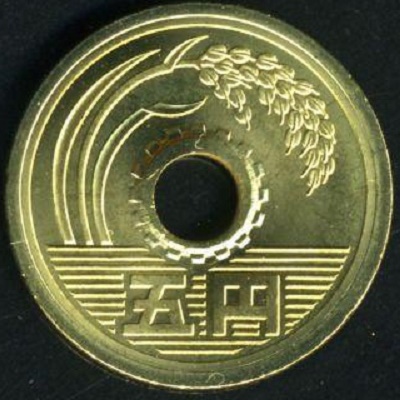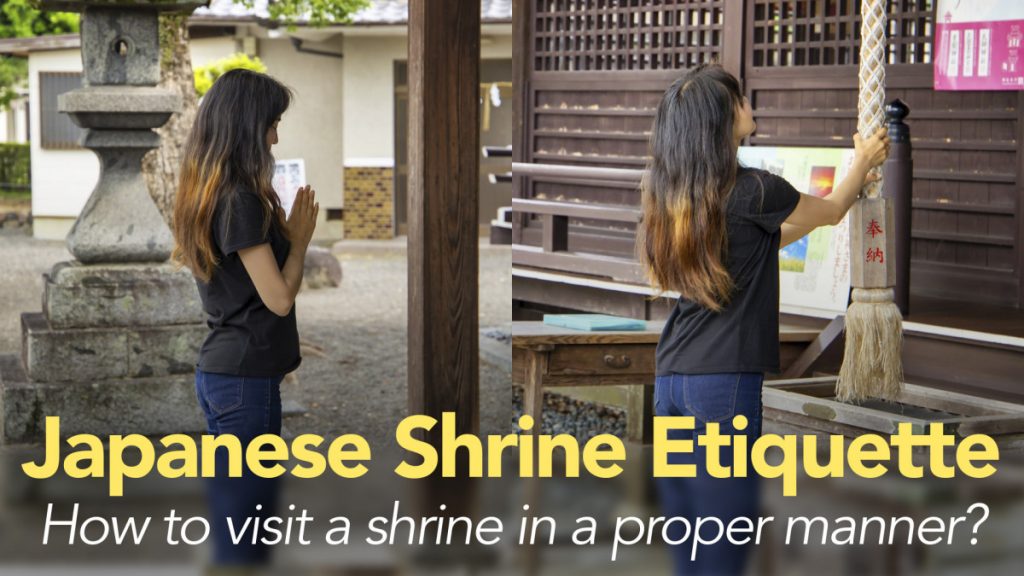Last time we have introduced some basic information about the Shinto shrine. Some of you may find visiting a shrine difficult because of some unwritten rules. So, this article will guide you to do so in Japan in a proper manner.
1. Bow when entering the torii gate (鳥居)
A shrine is a sacred place that you should show your respect. Please bow once in front of the torii gate. This can show your respect and also grant permission for entry. Remember to take off your hat when doing so. There is a saying that the way for the god is in the middle, so it would be better to avoid walking in the middle when you pass through the torii gate.

2. Wash you hand and rinse your mouth
There is a purification ritual to be performed using the temizuya (手水舎). Use the dipper provided to get some water. Rinse your left hand first and repeat for the right hand. Pour water onto your left hand, and rinse your mouth. Then rinse your left hand again, and rinse the dipper. At last, using the water remained. The best way is to finish purifying yourself using one dipper of water only.

3. Pray at the shrine
The action of praying at the shrine is also called “sampai” (参拝). First, you can put the coins for offering into the offertory box. You can ring the bell if there is one to grab the gods’ (神明) attention. Then, bow twice and clap your hands twice. Bow once again to end the “sampai”.

The offering is “saisen” (賽銭) in Japanese. You may wonder how much to prepare for the offering. The amount of “saisen” does not mean your sincerity. However, offering a 5 yen coin would be a good choice because 5 yen is called “go en” (5円) which has the same pronunciation as “connection” or “relationship” (お縁) in Japanese. It means a connection with the god and also a wish good fortune. It is important to note that 10 yen coin is not preferred because it can be pronounced as “tou en”, which means “a relationship far away” or “loose connection” (遠縁). It sounds bad luck if you are far away from the gods.

4. Bow again when leaving
You will have to pass through the torii gate again after visiting the shrine. Remember to turn around (face the shrine) and bow once again after passing through the gate to show your sincerity and respect.
FAQ
Q: When can I visit a shrine?
A: You can visit a shrine at ALL times except the shrine is close for some reasons such as renewing etc. Sometimes you can also join the ceremonies held in the shrine.
Q: Do I need to pay when entering a shrine?
A: It is usually FREE to visit a shrine, but fees may be charged at some facilities such as museums.
Q: Can I visit a shrine if I am not a believer in Shinto?
A: Yes, you can.
Q: Is it a must to offer the “saisen”?
A: No, it is optional but it is a way to make connection with the god.
Visiting a Shinto shrine is also a good way to emerge yourself into Japanese culture. So please do not hesitate to give it a try next time when you visit Japan!
Reference: https://www.meijijingu.or.jp/en/visit/

